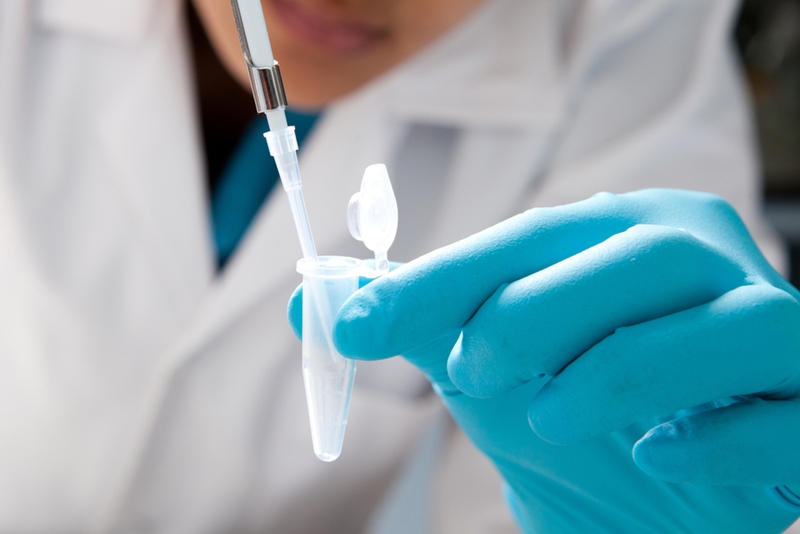The dangers of virus-based lab research
With the emergence of antibiotic-resistant bacteria and diseases like the Ebola virus, biological laboratories across the globe have intensified their research efforts. Lab work, which often requires technicians to handle caustic chemicals and deadly pathogens, endangers not only lab employees but also the general population, as one mishandled sample could cause a pandemic. As a result, organizations like the Centers For Disease Control and Prevention, the Occupational Safety and Health Administration and the World Health Organization publish detailed safety recommendations. These guidelines mitigate some of the risks associated with lab research. According to a lab safety study published in the journal Nature, 86 percent of scientists consider the facilities in which they work safe.
However, these labs, by their very existence, continue to pose a hazard to citizens and scientists alike.
Manmade transmission
Over the past several decades, there have been a number of lab-based viral outbreaks. In 1978, British medical photographer Janet Parker was inadvertently exposed to smallpox while working in a laboratory at the University of Birmingham Medical School in England, reported The New York Times. Parker was hospitalized and eventually succumbed to the disease – she was its final victim. Two years later the WHO declared that smallpox had been eradicated and all samples of the disease were moved to two secure labs in Russia and the U.S., reported BBC.
Last year the WHO attempted to destroy the remaining smallpox samples but scientists from each country pushed back, arguing that the specimens were needed for further research, reported NPR. Proponents of WHO’s plan said that storing the samples was too risky. They also argued that advances in biology would enable researchers to engineer a synthetic vaccine should the disease reappear naturally.
“As safe as a laboratory may be, there’s always the risk that somehow or other there’s going to be a possible escape,” Dr. D.A. Henderson, dean emeritus at the Johns Hopkins School of Public Health and leader of WHO’s smallpox-eradication effort, said in an interview with the news organization. “And if you don’t have the virus, it just brings it – at least theoretically – to zero.”
Ultimately, WHO relented and allowed both countries to keep their stockpiles.
Other similar incidents have occurred. According to Stat, faulty lab safety procedures may have caused an H1N1 epidemic that swept through Russia during the late 1970s. And severe acute respiratory syndrome, or SARS, was accidentally released from a Chinese lab 2004, reported WHO.

The system unravels
Last year, a string of safety missteps forced domestic oversight organizations to reevaluate security procedures in research facilities, reported The Washington Post. In January 2014, the CDC mistakenly shipped samples of bird flu to a Department of Agriculture poultry lab. In June, 75 scientists were exposed to anthrax. And, a month later, cleaning crews at the National Institutes of Health headquarters in Maryland discovered lost vials of smallpox in a storeroom.
“These events should never have happened,” CDC Director Thomas Frieden said in an interview with The Washington Post. “[The American people] may be wondering whether we’re doing what we need to do to keep them safe and to keep our workers safe.”
These safety breakdowns resulted in a Congressional hearing. Additionally, the CDC organized an external review board to evaluate safety measures at all of its labs, reported The New York Times.
In May 2015, USA Today published an investigation that exposed hundreds of additional biological lab safety lapses. This again led to government intervention and resulted in the termination of Robbin Weyant, Ph.D., director of the CDC’s Division of Select Agents and Toxins.
“Biological experimentation is an inherently risky task.”
Steps to improve
Through its External Lab Safety Workgroup, the CDC has upgraded security in facilities across the country and hardened its safety breach reporting process. Experts in the field believe safety measures, no matter how stringent, can only do so much. Biological experimentation is an inherently risky task.
“What the CDC incidents showed us is that the very best labs are not perfectly safe,” Harvard University Epidemiology Professor Marc Lipsitch, Ph.D., said in an interview with USA Today. “If it can happen there, it certainly can happen anywhere.”



